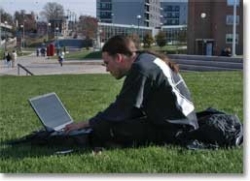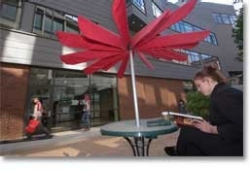UC answers frequently heard questions -- from scarce parking to the odd numbering of floors in buildings.
by Deborah Rieselman
We may not get answers to a lot of things in life, but we can get a few more if we keep asking. So in honor of our deserving readers, we chased down responses to some of the more frequently asked questions we have heard at the University of Cincinnati.
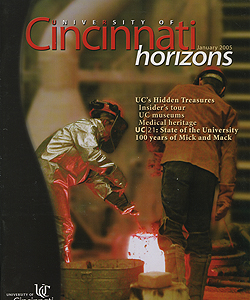
 Past Issues
Past Issues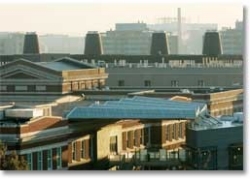
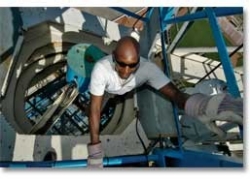
![Jerry Mays [top photo] on his way up the blue crane. Photos/Andrew Higley Jerry Mays on his way up the blue crane photos/Andrew Higley](https://magazine.uc.edu/issues/0105/letusexplain/jcr%3acontent/MainContent/textimage_2/image.img.jpg/1308241975568.jpg)
